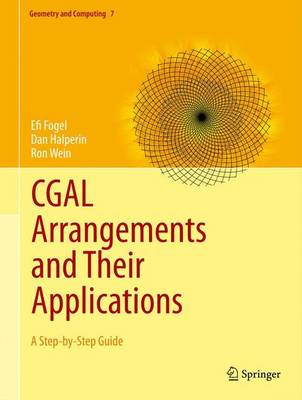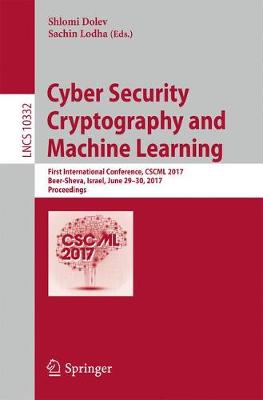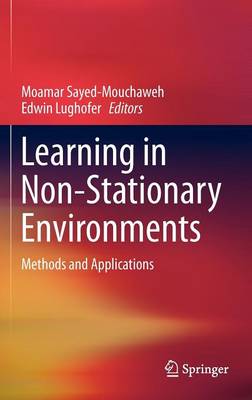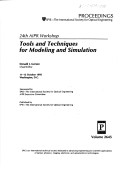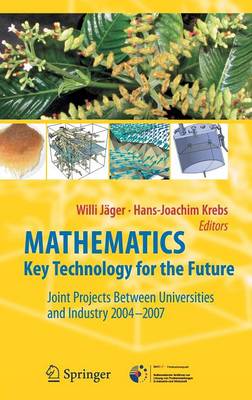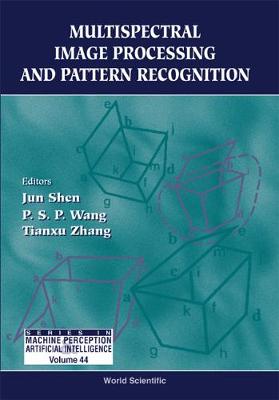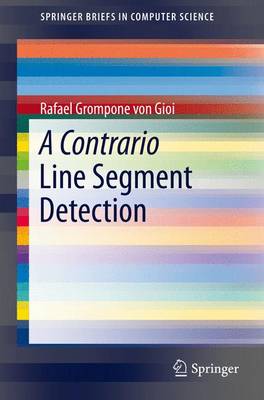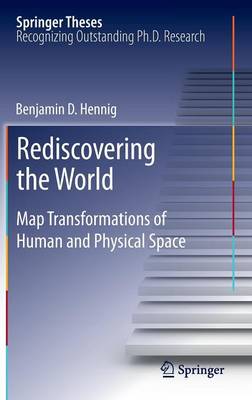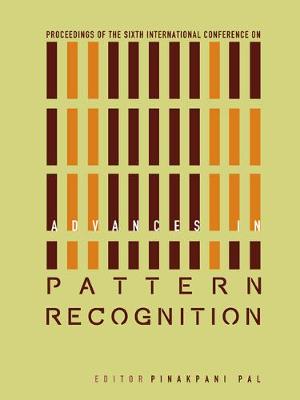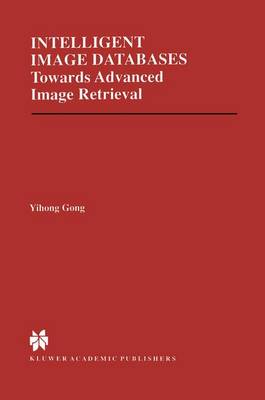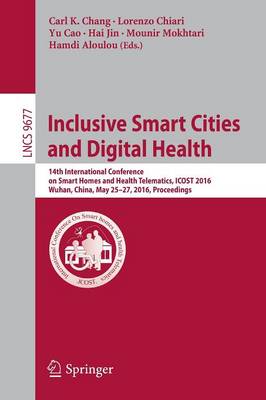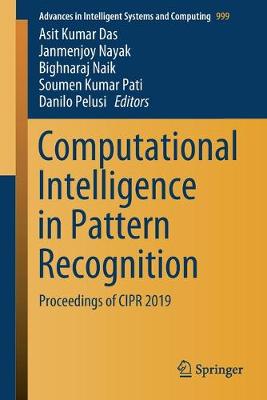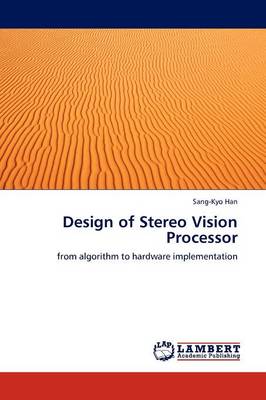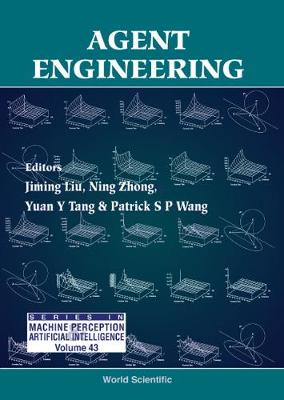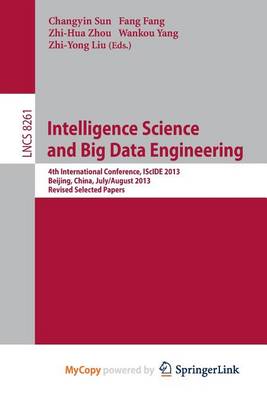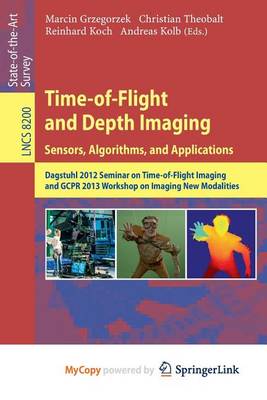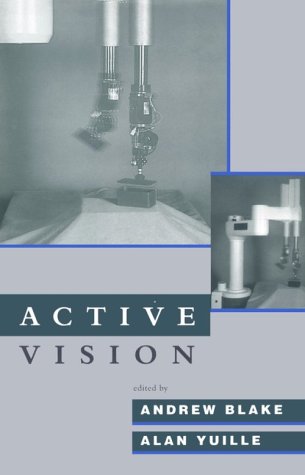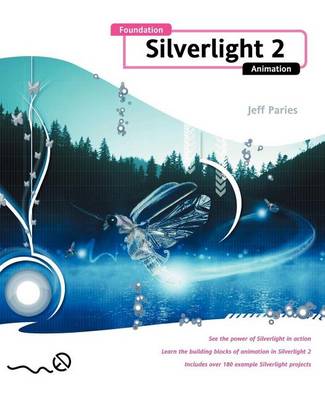CGAL Arrangements and Their Applications (Geometry and Computing, #7)
by Efi Fogel, Dan Halperin, and Ron Wein
Arrangements of curves constitute fundamental structures that have been intensively studied in computational geometry. Arrangements have numerous applications in a wide range of areas - examples include geographic information systems, robot motion planning, statistics, computer-assisted surgery and molecular biology. Implementing robust algorithms for arrangements is a notoriously difficult task, and the CGAL arrangements package is the first robust, comprehensive, generic and efficient implemen...
This book constitutes the proceedings of the first International Symposium on Cyber Security Cryptography and Machine Learning, held in Beer-Sheva, Israel, in June 2017. The 17 full and 4 short papers presented include cyber security; secure software development methodologies, formal methods semantics and verification of secure systems; fault tolerance, reliability, availability of distributed secure systems; game-theoretic approaches to secure computing; automatic recovery of self-stabilizing...
The LNCS journal Transactions on Rough Sets is devoted to the entire spectrum of rough sets related issues, from logical and mathematical foundations, through all aspects of rough set theory and its applications, such as data mining, knowledge discovery and intelligent information processing, to relations between rough sets and other approaches to uncertainty, vagueness, and incompleteness, such as fuzzy sets and theory of evidence. Volume XVII is a continuation of a number of research streams w...
Learning in Non-Stationary Environments
Recent decades have seen rapid advances in automatization processes, supported by modern machines and computers. The result is significant increases in system complexity and state changes, information sources, the need for faster data handling and the integration of environmental influences. Intelligent systems, equipped with a taxonomy of data-driven system identification and machine learning algorithms, can handle these problems partially. Conventional learning algorithms in a batch off-line s...
24th Aipr Workshop On Tools & Techniques For Mod
Mathematics - Key Technology for the Future
In 1993, the Federal Ministry of Research and Education of the Federal - public of Germany (BMBF) started the ?rst of now ?ve periods of funding mathematics for industry and services. To date, its e?orts have supported approximately 280 projects investigating complex problems in industry and services.Whereasstandardproblemscanbe solvedusing standardmathem- ical methods and software o? the shelf, complex problems arising from e.g. industrial research and developments require advanced and innovati...
A study of multispectral image processing and pattern recognition. It covers: geometric and orthogonal moments; minimum description length method for facet matching; an integrated vision system for ALV navigation; fuzzy Bayesian networks; and more.
A Contrario Line Segment Detection (SpringerBriefs in Computer Science)
by Rafael Grompone von Gioi
The reliable detection of low-level image structures is an old and still challenging problem in computer vision. This book leads a detailed tour through the LSD algorithm, a line segment detector designed to be fully automatic. Based on the a contrario framework, the algorithm works efficiently without the need of any parameter tuning. The design criteria are thoroughly explained and the algorithm's good and bad results are illustrated on real and synthetic images. The issues involved, as well a...
‘We need new maps’ is the central claim made in this book. In a world increasingly influenced by human action and interaction, we still rely heavily on mapping techniques that were invented to discover unknown places and explore our physical environment. Although the traditional concept of a map is currently being revived in digital environments, the underlying mapping approaches are not capable of making the complexity of human-environment relationships fully comprehensible. Starting from how p...
Advances In Pattern Recognition - Proceedings Of The 6th International Conference
This volume contains the latest in the series of ICAPR proceedings on the state-of-the-art of different facets of pattern recognition. These conferences have already carved out a unique position among events attended by the pattern recognition community. The contributions tackle open problems in the classic fields of image and video processing, document analysis and multimedia object retrieval as well as more advanced topics in biometrics speech and signal analysis. Many of the papers focus both...
Intelligent Image Databases (The Springer International Series in Engineering and Computer Science, #421)
by Yihong Gong
Intelligent Image Databases: Towards Advanced Image Retrieval addresses the image feature selection issue in developing content-based image retrieval systems. The book first discusses the four important issues in developing a complete content-based image retrieval system, and then demonstrates that image feature selection has significant impact on the remaining issues of system design. Next, it presents an in-depth literature survey on typical image features explored by contemporary conte...
The book provides insights into the Second International Conference on Computer Vision & Image Processing (CVIP-2017) organized by Department of Computer Science and Engineering of Indian Institute of Technology Roorkee. The book presents technological progress and research outcomes in the area of image processing and computer vision. The topics covered in this book are image/video processing and analysis; image/video formation and display; image/video filtering, restoration, enhancement and sup...
This book constitutes the proceedings of the 14th International Conference on Smart Homes and Health Telematics, ICOST 2016, held in Wuhan, China, in May 2016. The 39 regular papers, 5 short papers and 1 poster paper included in this volume were carefully reviewed and selected from 83 submissions. They were organized in topical sections named: smart homes, smart urban spaces and new assistive living space concepts in the smart city; e-health for future smart cities; context awareness and autono...
Computational Intelligence in Pattern Recognition (Advances in Intelligent Systems and Computing, #999)
This book presents practical development experiences in different areas of data analysis and pattern recognition, focusing on soft computing technologies, clustering and classification algorithms, rough set and fuzzy set theory, evolutionary computations, neural science and neural network systems, image processing, combinatorial pattern matching, social network analysis, audio and video data analysis, data mining in dynamic environments, bioinformatics, hybrid computing, big data analytics and d...
Agent engineering concerns the development of autonomous computational or physical entities capable of perceiving, reasoning, adapting, learning, cooperating and delegating in a dynamic environment. It is one of the most promising areas of research and development in information technology, computer science and engineering.This book addresses some of the key issues in agent engineering: What is meant by “autonomous agents”? How can we build agents with autonomy? What are the desirable capabiliti...
Intelligence Science and Big Data Engineering (Lecture Notes in Computer Science, #8261)
This book constitutes the thoroughly refereed post-conference proceedings of the 4th International Conference on Intelligence Science and Big Data Engineering, IScIDE 2013, held in Beijing, China, in July/August 2013. The 111 papers presented were carefully peer-reviewed and selected from 390 submissions. Topics covered include information theoretic and Bayesian approaches; probabilistic graphical models; pattern recognition and computer vision; signal processing and image processing; machine le...
Cameras for 3D depth imaging, using either time-of-flight (ToF) or structured light sensors, have received a lot of attention recently and have been improved considerably over the last few years. The present techniques make full-range 3D data available at video frame rates, and thus pave the way for a much broader application of 3D vision systems.A series of workshops have closely followed the developments within ToF imaging over the years. Today, depth imaging workshops can be found at every ma...
Active Vision (Artificial Intelligence)
Active Vision explores important themes emerging from the active vision paradigm, which has only recently become an established area of machine vision. In four parts the contributions look in turn at tracking, control of vision heads, geometric and task planning, and architectures and applications, presenting research that marks a turning point for both the tasks and the processes of computer vision. The eighteen chapters in Active Vision draw on traditional work in computer vision over the last...
See the power of Silverlight in actionLearn the building blocks of animation in Silverlight 2Includes over 180 example Silverlight projects Silverlight is a phenomenally powerful animation tool, but few people know how to unlock its potential. Foundation Silverlight 2 Animation gives you the keys to all of that power. It covers the basics of animation-that is, Silverlight's storyboards and animations, which are used to provide interactivity to Silverlight applications. You'll take an in-depth l...
